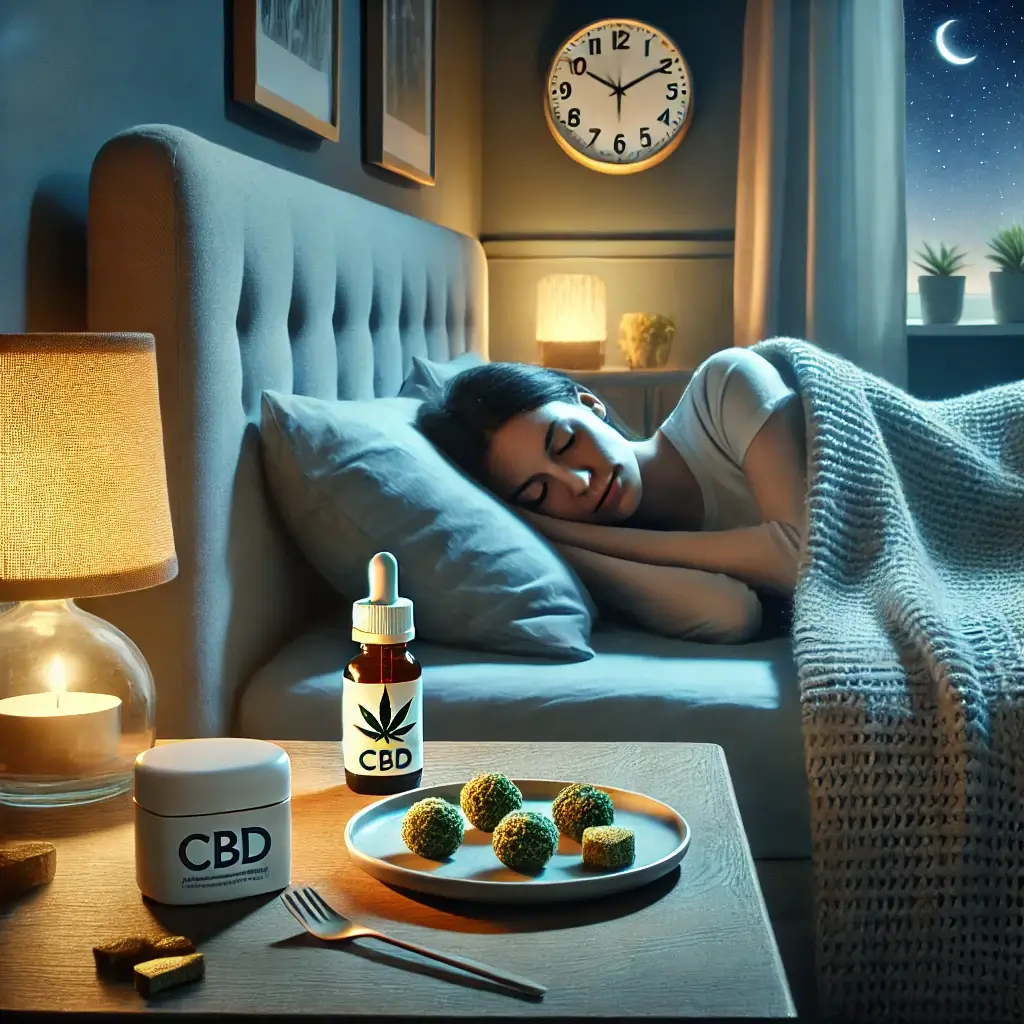Morchella Cultivation: The Million-Dollar Morel Growing Secret
Unlock the secrets to cultivating gourmet morels with commercial precision and discover why these prized mushrooms are the next big thing in premium agriculture.
Why Morels Are the Future of Gourmet & Medicinal Agriculture
With the exponential surge in demand for natural remedies, superfoods, and sustainable agriculture practices, morel mushrooms (Morchella spp.) have captured the attention of chefs, wellness experts, cannabis cultivators, and food entrepreneurs alike. The morel isn’t just another mushroom. Known for its rich umami flavor and honeycomb texture, wild morels command prices as high as $300 per pound during peak seasons. But they also hold medicinal potential — from immune support to neuroprotection.
Once believed to be uncultivable, new advances in soil science, substrate development, and environmental simulation have made indoor and commercial cultivation of morels a real and profitable venture.
Crossover Alert: Why Cannabis Growers Are Perfectly Poised to Grow Morels
Here’s something every indoor cannabis cultivator should know: if you’ve mastered environmental controls, you’re already halfway to growing morels. Both morels and cannabis require precise manipulation of humidity, light cycles, temperature, and microbial ecology. The skills translate beautifully.
Controlled Environment Agriculture (CEA), familiar territory for cannabis professionals, is proving to be ideal for morel cultivation. Similar to how cannabis growers simulate flower-inducing conditions, morel cultivators recreate the freeze-thaw cycle through vernalization to trigger fruiting bodies. Substrate preparation, microbial balance, and CO₂ management are all part of the daily workflow in both industries. The synergy is strong — and savvy growers are starting to take notice.
The Science of Morchella: From Forest Floor to Lab-Grown Gold
Morchella mushrooms have a notoriously complex life cycle, but those barriers are now being broken down by modern mycology.
– A landmark study in Mycological Research outlines successful indoor cultivation of Morchella esculenta using seasonal simulation techniques.
– Frontiers in Pharmacology highlights immunomodulating polysaccharides and triterpenoids in morels — compounds with significant potential for immune health.
– A 2020 meta-analysis shows morels demonstrating broad-spectrum bioactivity, from anti-inflammatory effects to liver protection.
– Neuroprotection studies suggest antioxidant properties of ergothioneine (a compound found in morels) may support brain health and combat oxidative stress.
For cannabis and wellness enthusiasts, these studies provide a compelling case: morels could become pillars in smart supplemental therapeutics—without the psychoactive or legal limitations of psilocybin-based mushrooms.
Grow With the Flow: Best Practices for Indoor Morel Cultivation
Commercial-scale morel production involves mastering several key variables, all of which are familiar to those in the indoor gardening world:
– Substrate: Researchers from China’s Guizhou Institute of Edible Fungi recommend nutrient-rich bases like peat, sawdust, and organic nitrogen sources tailored specifically for Morchella mycelium.
– Humidity: Maintain 80–90% during the fruiting phase — similar to clone/veg room standards in cannabis grows.
– CO₂ & Airflow: Proper regulation ensures ideal growth and prevents contamination or stunted fruiting.
– Lighting: While Morchella doesn’t require intense lighting, a low-light schedule mimicking natural spring sunrise/sunset patterns helps encourage fruiting.
A Legal, Lucrative, and Low-Risk Crop for Diversifying Growers
Unlike psilocybin mushrooms, which come with legal gray zones, morels are fully legal in most regions and have mainstream culinary appeal. This makes them an attractive option for cannabis professionals looking to diversify across compliant, sustainable, and high-margin crop categories.
Morels don’t require massive acreage or heavy regulatory supervision, and the return on investment (ROI) can rival that of premium cannabis strains — without the oversaturation currently affecting the cannabis market.
Plus, their dual appeal to both Michelin-star chefs and natural medicine advocates means you’ll tap into multiple high-value markets with one crop. That’s smart farming in the 21st century.
Conclusion: A Fungus with the Power to Change the Future of Farming
Morchella cultivation is no longer just the dream of mycologists — it’s a practical, profitable, and increasingly popular path for modern growers seeking innovation and impact.
If you’re a cannabis enthusiast, nutritionist, chef, or agri-tech investor, get ready: this million-dollar mushroom is your next big move. With the right tools, timing, and environmental control, you could be among the pioneers redefining premium fungi in both the kitchen and the clinic.
Step aside, truffles — the morels are coming.
Sources & Further Reading
1. Cultivation of Morchella esculenta – Mycological Research
2. Molecular Insights into Morchella Immunological Properties – Frontiers in Pharmacology
3. The Biological Activities of Morel Mushrooms – Int. J. Med Mushrooms
4. Neuroprotective Properties of Fungal Bioactives – Molecules
5. Controlled Environmental Conditions for Gourmet Mushroom Farming – Trends in Food Science & Technology
Summary:
Morchella mushrooms, known as morels, are a highly sought-after gourmet and medicinal fungus that is now being cultivated commercially. With advances in soil science, substrate development, and environmental simulation, indoor morel cultivation is becoming a practical and profitable venture. Cannabis growers, in particular, are well-positioned to transition their skills in controlled environment agriculture to morel production, as both crops require precise manipulation of humidity, light, temperature, and microbial ecology. Morels offer significant potential in the natural health and wellness markets, with studies highlighting their immunomodulating, anti-inflammatory, and neuroprotective properties. As a legal, sustainable, and high-margin crop, morels present an attractive diversification opportunity for cannabis professionals and other growers looking to innovate in the premium agriculture space.



